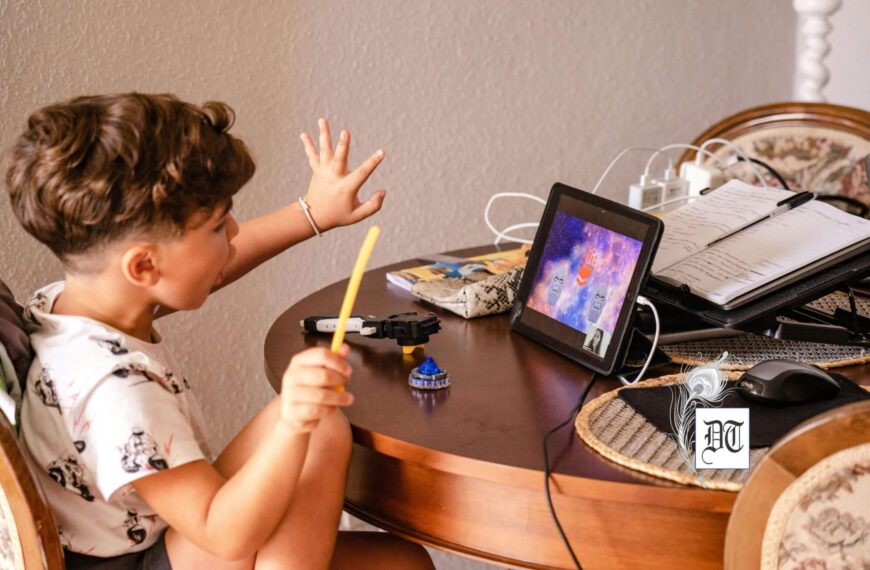Sarika looks in the challenges of Differently Abled or Special Needs children. She tells us how to identify such a child and details what schools must do. Here’s a detailed guideline.
“Children with disabilities are like butterflies with a broken wing. They are as beautiful as all the rest but, need a little help spreading their wings!” ~ Support Cerebral Palsy Awareness.
A physical impairment might be defined as a disabling condition or other health impairment that requires adaptation. Persons with physical impairment disabilities often use assertive devices such as crutches, canes, wheelchairs and artificial limbs to obtain mobility.
In physical disability the person experiences may be either congenital or a result of injury muscular dystrophy, cerebral palsy, amputation, multiple sclerosis, pulmonary disease, heart disease or other reasons. Some persons may experience non-visible disabilities that may include respiratory disorders, epilepsy or other conditions.
NANDA (North American Nursing Diagnosis Association) defines physical impairment as a limitation in  independently, purposeful physical movement of the body or of one or more extremities. According to them, the alteration in the person’s mobility may be either temporary, or more permanent. Most of the diseases and rehabilitative starts involved in physical and mobility impairments do involve a degree of immobility. These are often associated with things such as leg fractures, strokes, morbid obesity, trauma, and multiple sclerosis.
independently, purposeful physical movement of the body or of one or more extremities. According to them, the alteration in the person’s mobility may be either temporary, or more permanent. Most of the diseases and rehabilitative starts involved in physical and mobility impairments do involve a degree of immobility. These are often associated with things such as leg fractures, strokes, morbid obesity, trauma, and multiple sclerosis.
In one sentence, physical impairment is a permanent significant reduction in the ability to move or coordinate movements.
Some children with a physical disability may have no special educational needs, whilst others might need considerate provisions to access the curriculum.
Some pupils with a physical disability may have additional 
- Sensory impairments
- Communication difficulties
- Learning difficulties
- Learning disabilities
- Other conditions such as epilepsy
Physical disabilities can be caused by a range of factors, such as:
- Development before birth (e.g. spina bifida)
- Genetic factors (e.g. muscular dystrophy )
- Some infections and illnesses ( e.g. meningitis)
- Some injuries (e.g. brain or spinal cord injuries ) Cerebral palsy is a condition that affects a person’s:
- Posture
- Movement
- Coordination
There are many different types and degrees of cerebral palsy and individuals are affected in many different ways. Cerebral palsy does not get worse over time, if children are supported from an early age and given appropriate therapies.
How to know if a child has physical difficulties?
Early detection of a special needs child is of utmost importance. Parents, particularly mothers, must look for the following signs, carefully:
- Unusual postures
- Difficulties with mobility
- Difficulties with muscle control
- Muscle spasms or shaking
- Limp muscles or limbs
- Difficulties with coordination
- Poor fine motor skills
- Difficulties judging distances and space

- Difficulties moving around obstacles
- Poor body awareness and hand eye coordination
- Constantly holding or leaning on walls, tables, or chairs
- Repetitive body movements
- Extreme fatigue after some physical activities
Supporting Physically Impaired Children in Schools
The majority of physical impaired children are educated in mainstream schools. Physically impaired children may need support in this setting to ensure that they are fully included in their school communities and reach their full potential.
There are many different types of equipment to help with mobility including
- Walking sticks, walking frames, and elbow crutches
- Orthoses
- Upper limb splints
- Plaster casts
- Wheelchairs
It’s important to remember that children, who do not use mobility equipment, may still have difficulties with mobility and benefit from other provisions. For example:
- Some children may have difficulties walking up stairs and may benefit from handrails.
- Some children may have difficulties walking on uneven or inclined surfaces and benefit from improved walking paths, or assistance when walking in particular areas.
- Some children may have difficulties walking in crowded environments and may benefit from supervision or assistance moving between classes, or from being allowed to move between classes at a different time to the majority of children.
- Some children may walk relatively slowly and need extra time to move between classes.
And for fine motor skills following steps should be taken:
Complete fine motor tasks with child observing which hand he uses. Stop whenever we see frustration. Try another fine motor activity or begin again the next day.
- Toothpick construction
- Nail and hammer
- Art with finger paint
- Art with shaving cream
- Art with pudding
- Squeeze-balls, lemons, water bottles
- Sew-needle and thread-sewing cards
- Straight pin pick up-put into cushion
- Locks and keys
- Count kernels and popcorn
- Zip
- Play dough
(Source: Internet)
Schools should make reasonable adaptations to classrooms and other areas of the school. They receive funding that reflects the special educational needs of pupils. Extra help with funding is sometimes available for larger projects that alter the physical features of the school, such as improving wheelchair access, installing wheelchair ramps, and installing special toilets.
Case Study
In this case Ruby is a class VIII pupil with cerebral palsy. She can walk on level surfaces without assistance, but has difficulties walking on uneven land and climbing stairs. She has some difficulties with fine motor control, muscle spasms and communication problems.
Ruby is a very intelligent, friendly, and social. She enjoys listening music, spending time with her friends reading, swimming.
So, here now we will discuss how range of supports and facilities she will get, so that she can promote her educational development at school.
Ruby has difficulties with spatial awareness (difficulty in moving around obstacles, reduced body awareness). She and others like her may be supported in class by ensuring they maintain a good seated posture and are given plenty of space.
Like Ruby, some children with physical disabilities, may have difficulties with speech and benefit from the use of alternative or augmentative forms of communication (AAC). These forms of communications are such that these replace or support verbal communication. AAC also includes:
- Specialist computers and software
- Communication boards
- Sign languages
Some types of AAC may also be used by children without speech difficulties, but those who have difficulties with fine motor skills that affect their ability to write and read.
Fatigue Management at School
- Avoid or minimise activities that may cause fatigue like walking up stairs, talking, or writing.
- Apply interventions at times of fatigue.
Support from other professionals like:
- Physiotherapists
- Occupational therapists
- Speech and language therapists
Physiotherapists often play a key role in helping children with physical disabilities manage and develop their physical skills. They can help children to find the best ways of using their bodies, and promote physical development through techniques such as exercise, manipulation and massage.
Occupational therapists often help children with physical disabilities to be fully included at school. They can provide advice on physical changes that may be needed at school, and on specialist furniture or equipment.
Speech and language therapists often help children with physical disabilities who also have difficulties with speech and communication. They can help a child to find the best ways of communicating and to develop speech skills through exercises.
Effective Partnership
It’s essential that professionals working with physically impaired children work in an effective partnership with each other and with the parents or careers of the child. This partnership should include:
- Regular communication and information sharing
- Joint planning and evaluation
- Clear understanding of each other’s roles and responsibilities
This will help to ensure that everyone is aware of the individual needs and progress of the child and that consistent, effective support is given.
A range of professionals may belong to a partnership, including teaching assistants, teachers, a SENCO, doctors, community nurses, a speech and language therapist or an occupational therapists or physiotherapist.
Pix from net




 By
By
 By
By
 By
By
 By
By